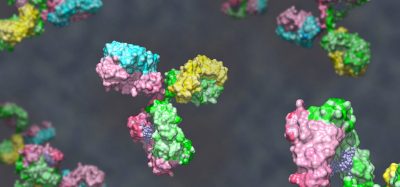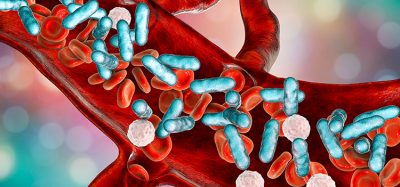Feline cancer breakthrough could help treat human tumours
Posted: 2 September 2025 | Drug Target Review | No comments yet
Researchers have tested a new cancer drug in pet cats with head and neck squamous cell carcinoma – a disease notoriously hard to treat. The trial showed the therapy controlled cancer in 35 percent of cats with minimal side effects – and it could help to treat humans too.


A new study, published in Cancer Cell, has found that 35 percent of cats that received a new class of targeted therapy to treat head and neck squamous cell carcinoma (HNSCC) had the disease controlled with minimal side effects. Researchers believe the drug could also be effective for humans with HNSCC.
Targeting a previously untouchable cancer driver
“There are two major findings from this study,” says senior author Daniel Johnson of the University of California, San Francisco Helen Diller Family Comprehensive Cancer Center. “It showed us that it’s possible to target a transcription factor that drives oncogenesis, which is something that has been notoriously difficult in the past. Also, it demonstrated that pets with cancer can be a good representation of human disease and that clinical trials in pets may yield more reliable results than tests in mouse models.”
The drug, initially designed for human head and neck cancers, is the first to target the transcription factor STAT3, which is present in a variety of both solid and liquid tumours – including a majority of HNSCC cases.
Minimal side effects, significant results
Of the 20 cats enrolled in the trial, 7 exhibited either a partial response or stable disease during the study period. Among those that responded, the average survival post-treatment was 161 days. Other than mild anaemia, none of the cats developed side effects linked to the treatment.
Of the 20 cats enrolled in the trial, 7 exhibited either a partial response or stable disease during the study period.
Analysis of tumours and blood samples demonstrated that the drug worked in two ways: it blocked STAT3 activity and raised levels of PD-1– a protein linked to an immune response against cancer.
“This study is a great example of how we can think more carefully about spending our very limited resources on studies in lab mice that are not even the best models of human cancers,” Grandis says. “By partnering with veterinary oncologists and doing clinical trials in companion animals, we can learn an enormous amount about how these drugs work while also helping people’s pets. None of the cats in these trials were harmed, and many of them benefited.”
Implications for human cancer treatment
The researchers note that studies in pets may be a superior model for predicting how drugs will behave in humans compared with traditional mouse studies. They are working with a small biotech company to advance the new compound in trials for both pets and humans.
“These animals breathe the same air that we breathe and are exposed to all the things we’re exposed to,” says Johnson. “Their tumours are much more heterogeneous, which makes them a better mimic of human disease.”
Related topics
Animal Models, Cancer research, Drug Discovery Processes, Drug Targets, Immuno-oncology, Therapeutics, Translational Science, Veterinary
Related conditions
Cancer, head and neck squamous cell carcinoma (HNSCC)








